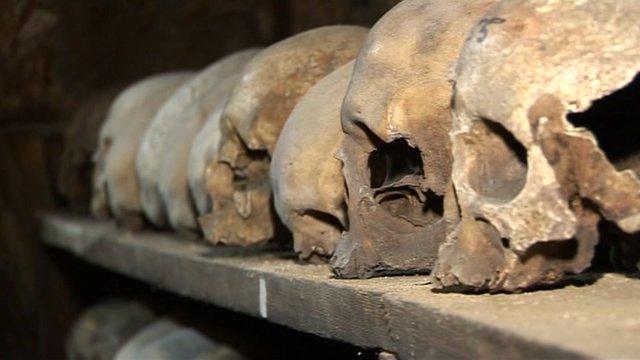Rothwell church medieval skull revealed 'blow to head'
- Published
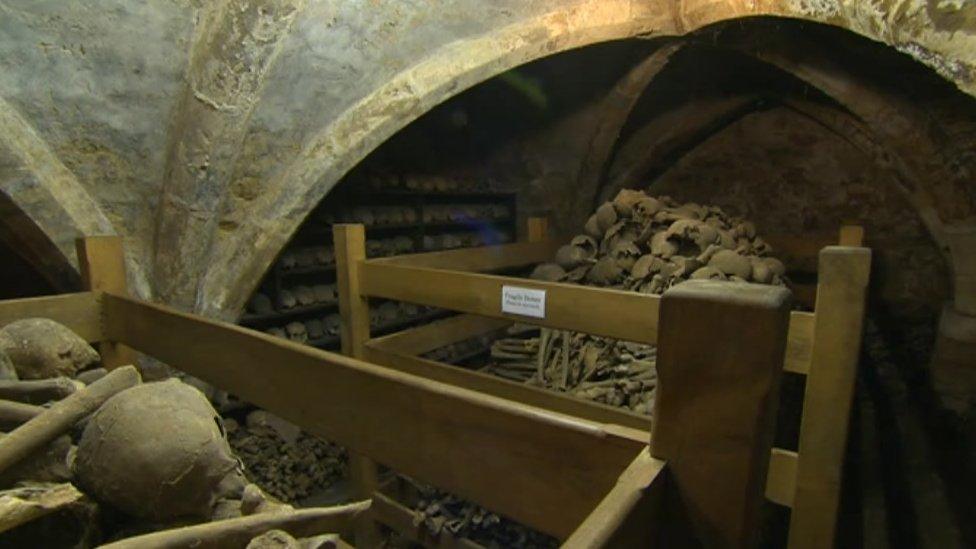
The remains of 2,500 men, women and children are housed at Holy Trinity Church in Rothwell, Northamptonshire
Tests on a medieval skull found in a 13th Century crypt have revealed death was caused by a blow to the head.
Archaeologists have been investigating remains at Holy Trinity Church in Rothwell, Northamptonshire.
Experts examined five skulls among the remains of 2,500 people, with one skull shown to have been fractured.
Dr Lizzy Craig-Atkins, of the University of Sheffield, said the fact only one injury was found meant it was unlikely a "massacre" had taken place.

The crypt would have been visited by friends and family of the deceased, experts said
The skulls and bones of men, women and children have been stored in a vault under a church aisle.
Crypt's skulls dated from 1250 to 1900
"We picked it out to try to redress some of the stories... suggesting when you find a lot of skeletal remains it is because there has been some sort of massacre," said Dr Craig-Atkins.
"But the fact there was only one in the study who suffered violence shows... there is a representative selection of bones you would find from any medieval community."
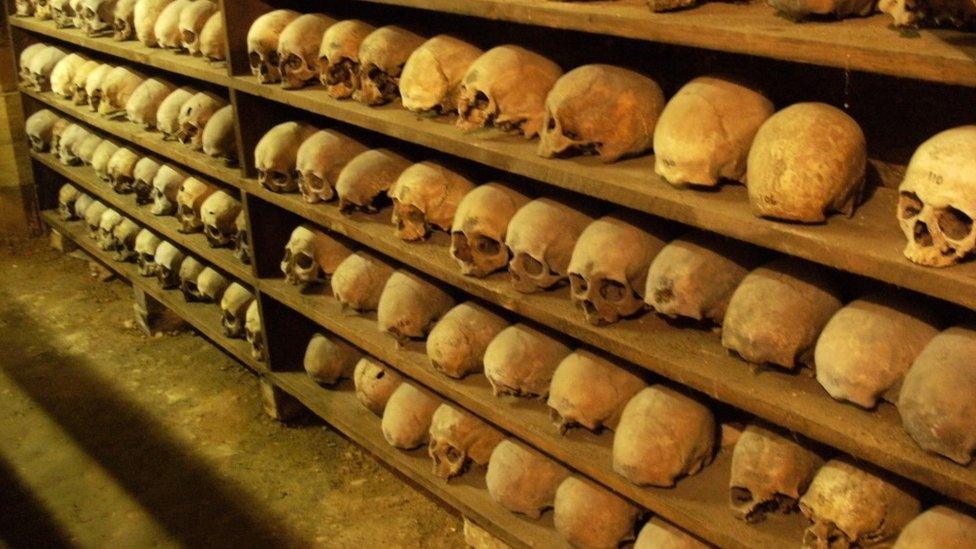
Dr Craig-Atkins said the charnel houses were "deliberately built so people could be prayed for. They were built to be visited"
The bone might have been dug up from the graveyard after it had become too full, she said.
The report, published in the journal Mortality, said the vault was situated under a church aisle with an altar.
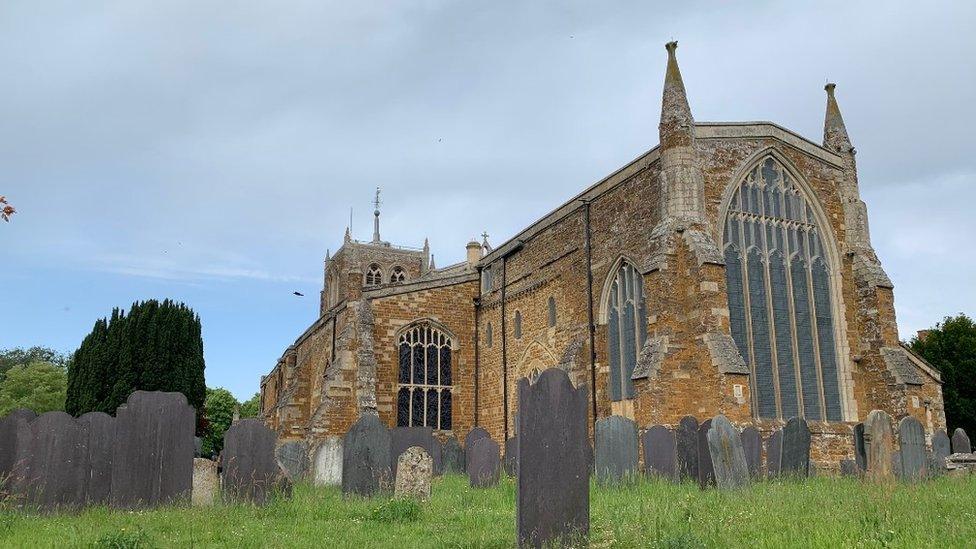
The project brought together experts in a wide range of fields from the universities of Sheffield, York and Oxford
The skulls and bones stored under the church date from 1250 to 1900, with radio carbon dating used to establish the age.
The Holy Trinity crypt is just one of two 13th Century sites in the UK, with the other being at St Leonard's in Hythe, Kent.
- Published9 August 2016
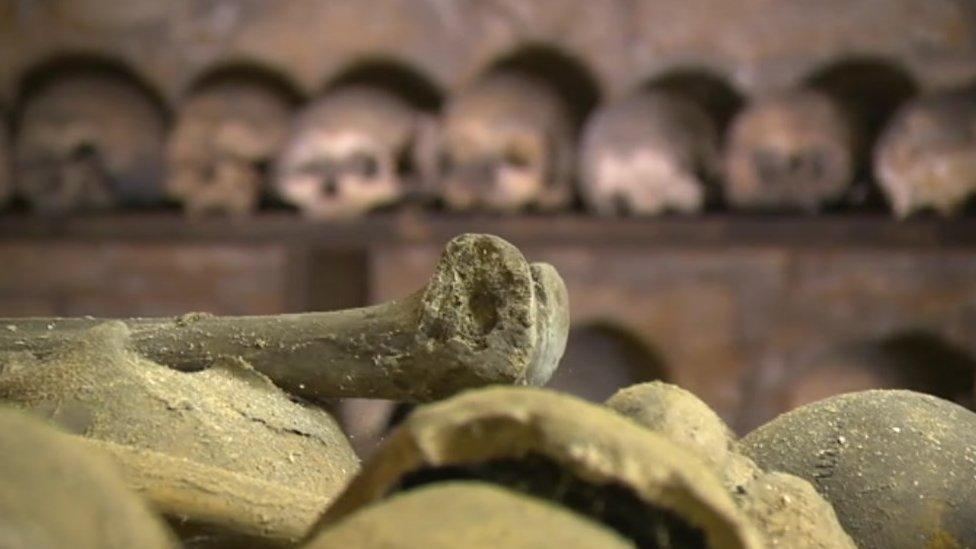
- Published9 August 2013
